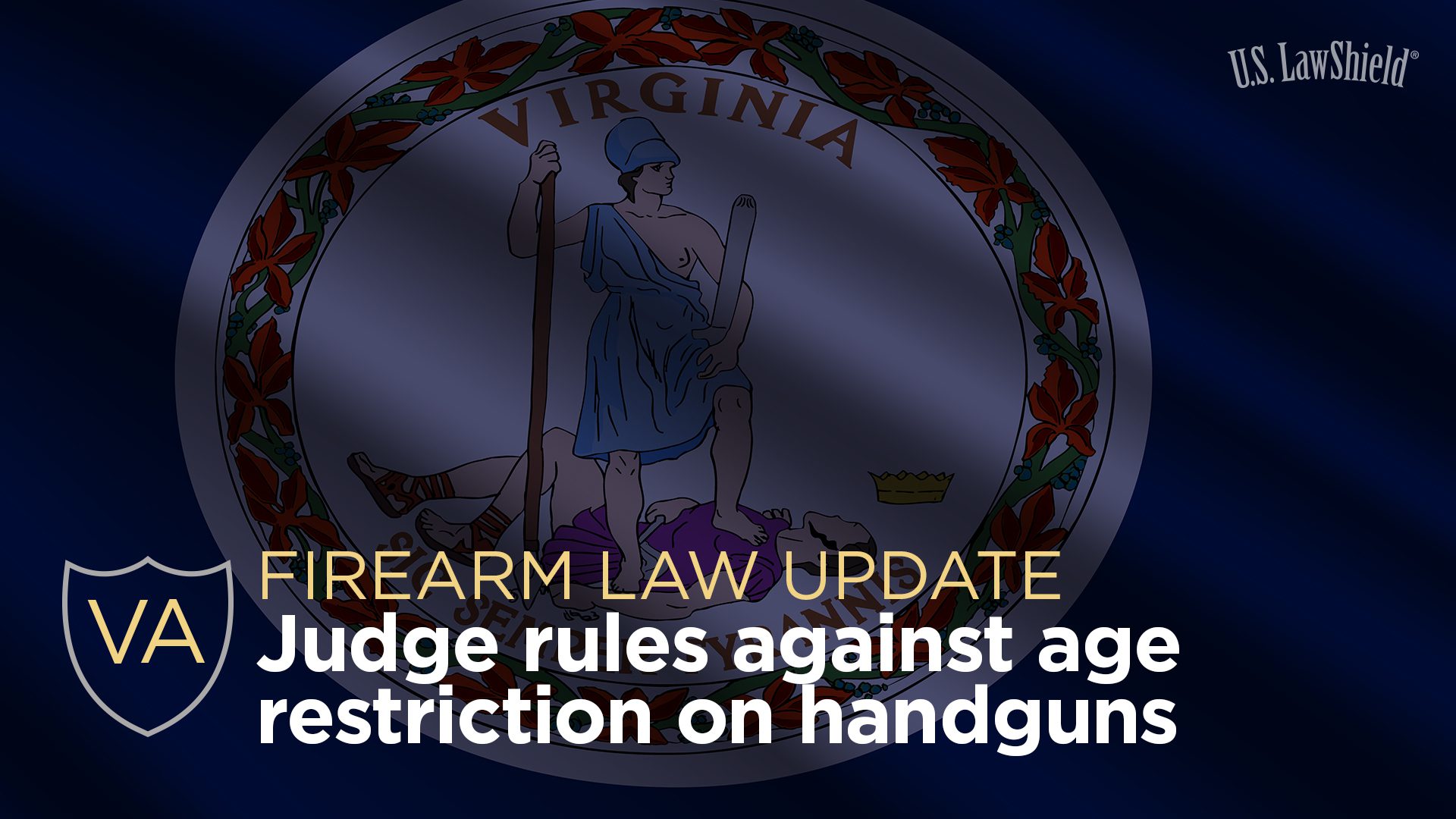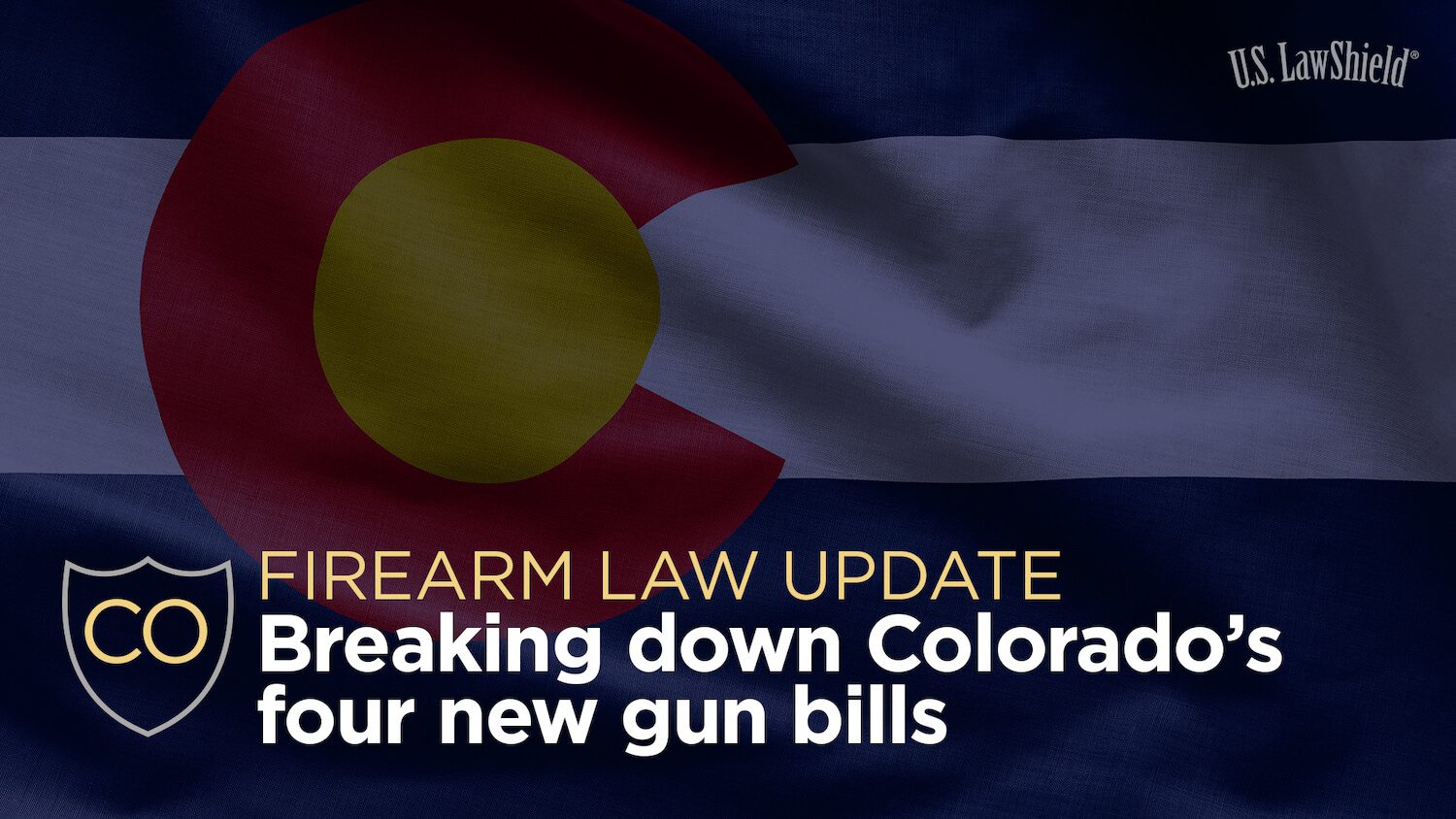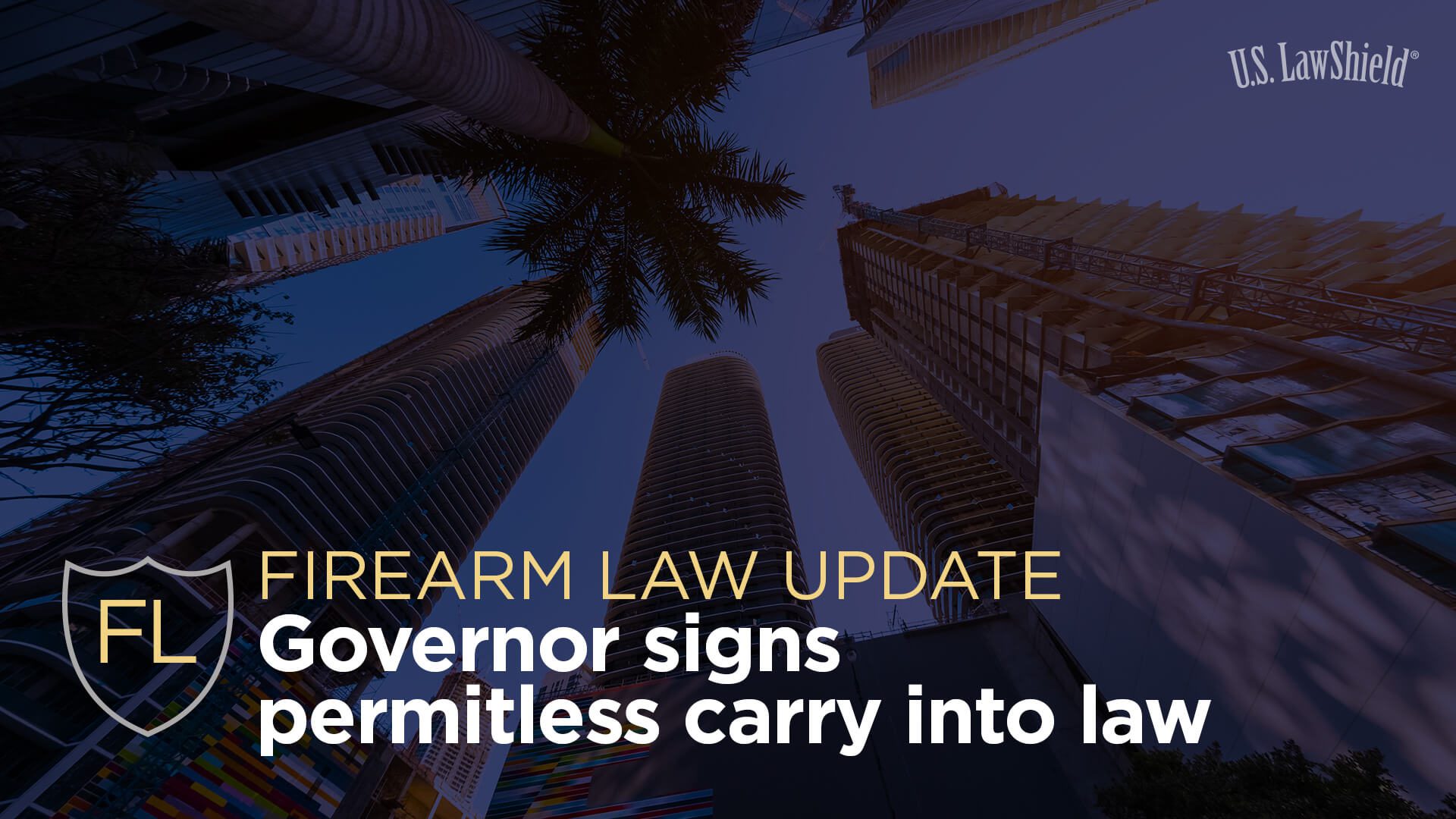You might think the only thing you need to figure out for your lake vacation is how to get your Smith and Wesson, .44 magnum, up until a few years ago, the world’s most powerful handgun, into your swimming trunks. But there are other factors you need to consider before you head out for fun at the lake, creek or river. We want to make sure you know the law before you go soak up the sun, and we have developed five tips for carrying your firearm to the lake.
- License to Carry a Handgun, for Most Lakes in Oklahoma — Good news, Oklahoma has over 200 man-made lakes, bad news; the Corps of Engineers controls and operates over 90% of the recreational lakes in Oklahoma. Thank your Federal Government for our lakes that are primarily flood control lakes and secondarily recreational/fishing/hunting lakes. Unfortunately for self defense devotees, the Federal Government passed a regulation titled 36 CFR 327.13, outlawing the carry of firearms on Corps property or projects built by the Corps of Engineers, absent written permission from the District Commander. The penalty for violation is up to a $5,000 fine and or up to 6 months in jail for anyone other than a police officer carrying a firearm for self defense. There are exclusions to this draconian rule for hunting, and target practice at gun ranges on Corps property. Even though Corps property lakes are primarily public property, you cannot carry your firearm, on Corps property, under the authority of your Concealed Carry License (CCL). You can, however, carry your concealed pistol in a lake bag, backpack, and yes, even in your swim trunks at all State, municipal, and Federal parks. Be careful that the State or Federal Park is not connected to a waterway or lake built by the Corps of Engineers because the Corps of Engineers, considers its rules override state law, and the Corps is very jealous of their power and enforces their rules very strictly. Game Rangers know about the Corps of Engineers’ rules and will be happy to dole out a very fat federal ticket to the unwary. There are a few public lakes not built by the Corps of Engineers in Oklahoma, however, the overwhelming majority of lakes with a dam were built by the Corps of Engineers.
- Storing Firearms While Traveling—It’s important to keep in mind how you’re going to get to your waterside destination because the laws can be very different depending on your mode of transportation. When traveling by vehicle, Oklahoma allows you to carry a concealed handgun with a license. If you don’t have a license to carry, you can transport your firearm in your car for all legal purposes: target shooting, hunting, historical re- enactments, and taking it to sell it. However, you have to transport the fire arm unloaded and in a gun case if it is in the cabin of your vehicle or in a separate locked compartment, like your trunk. If you have a CCL, you have the additional option of openly carrying your handgun in your vehicle in a shoulder holster or belt holster. When traveling by airplane, TSA guidelines require that your firearm is unloaded, locked in a commercial gun case with a TSA approved lock, and declared at check-in.
- Public vs. Private Lake—Before you feel the grass between your toes it’s important to find out if you’re going to be on a public or private lake. Though most lakes are public property, the lake that is on private property is often the property of that land owner. Oklahoma law recognizes a private owner’s right to restrict the carry of a handgun on their premises, including if that premises is at the lake. If your plans take you to a private lake, be sure to check with the owner and keep your eye out for no trespassing or posted Public lakes, on the other hand, should be treated like any other public property in the state. If you can carry in Oklahoma, you can carry at the lake..
- Having a Firearm on a Boat—We know many of you like to go out on the water on a jet ski or boat. It’s important to understand how the laws can change when you’re out on the water, and what effect that has on carrying your firearm. Oklahoma law treats vessels/ watercraft differently than motor vehicles and allows you to carry a concealed firearm in a vessel/watercraft under your control only when you have a CCL. Unfortunately, boats and watercraft can lead to a complicated intersection between federal jurisdiction and different states’ laws. Rivers and lakes often separate two states, example, the Red River and Lake Texoma. Texas law, Oklahoma law and federal regulations apply. Federal regulations, specifically on lakes and waterways controlled by the Army Corps of Engineers, affect your lawful possession of a firearm. Check with an attorney before venturing far into unknown waters.
- Understand How the Law Changes When You Drink—While you may not be a person who takes part in wild parties over spring break, it’s important to know what can happen if you do drink while carrying your firearm at the lake. Carrying a firearm while under the influence is a crime in Oklahoma, punishable by minimum 10 days - 6 months in jail and $50 - $500 fine or BOTH, as well as the revocation of your CCL for 6 months plus an administrative fee of $50. Oklahoma does not specifically define what under the influence means in the context of an unlawful carry, but if you lose the normal use of your mental or physical faculties, the law will probably consider you under the influence. You might consider that under the influence in the context of driving a car is a blood alcohol content of .08% BAC. Our best advice is: if you are consuming any alcohol, do not carry your gun.
If you remember these five things, you can maintain that peace of mind to enjoy your lake vacation. Remember, U.S. Law Shield is not just the 24/7/365 Attorney-Answered Emergency Hotline. If you have a question, don’t hesitate to call our Non-Emergency Business Line on the back of your Member Card or bring your question to one of our Gun Law Seminars. To find a Gun Law Seminar in your area go to www.uslawshield.com/seminar
Your Protection Starts Here!
The information provided in this publication is intended to provide general information to individuals and is not legal advice. The information included in this publication may not be quoted or referred to in any other publication without the prior written consent of U.S. LawShield, to be given or withheld at our discretion. The information is not a substitute for, and does not replace the advice or representation of a licensed attorney. We strive to ensure the information included in this publication is accurate and current, however, no claim is made to the accuracy of the information and we are not responsible for any consequences that may result from the use of information in this publication. The use of this publication does not create an attorney-client relationship between U.S. LawShield, any independent program attorney, and any individual.




Your Oklahoma laws are outdated and need to be updated for constitutional carry.